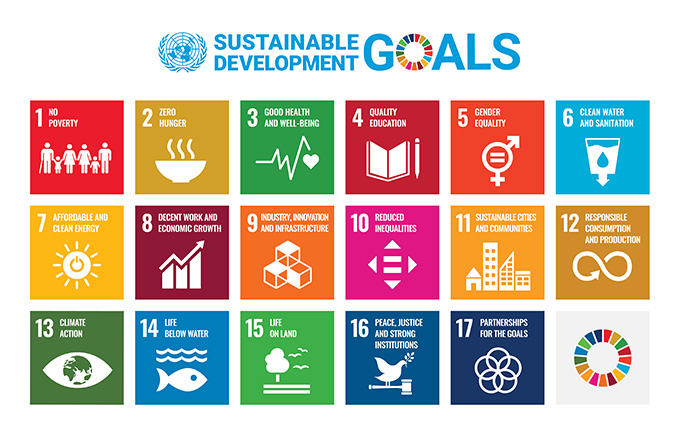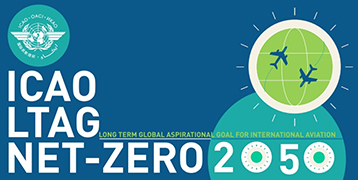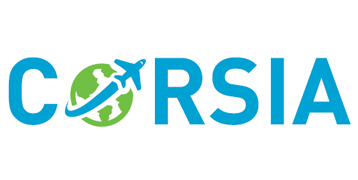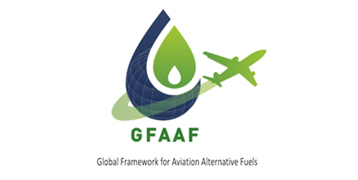Standalone and system-level perspectives on hydrogen-based sustainable aviation fuel pathways for Denmark
Energy
FEATURED BOOK
Aviation is one of the most challenging sectors to electrify directly due to its high energy density demands. Hydrogen offers a pathway for indirect electrification in such sectors, enabling sustainable aviation fuels (SAF) production when combined with a carbon source. SAF produced via methanol or Fischer-Tropsch (FT) synthesis (e-SAF) has higher volumetric density than hydrogen, remains liquid under standard conditions, and can be used as a direct drop-in fuel. Certain FT-based e-SAF pathways are already certified for use in blends, enhancing their appeal for sustainable aviation. This study evaluates e-SAF pathways in terms of resource efficiency and costs for different carbon sources. The results from both a standalone and system-level perspective indicate that biomass gasification-sourced carbon is the most energy-efficient pathway given biomass availability. For point-source and direct air capture pathways, electricity costs for renewable hydrogen dominate the overall costs, comprising about 70 % of total e-SAF costs. Given cheap renewable electricity and by-product revenues, e-SAF can achieve price levels of 0.5–1.1 €/litre, which is cost-competitive with their fossil-based counterparts. A breakeven electricity price of 9–29 €/MWh is needed for e-SAF made via a point source-based CO2 pathway, compared with a moderate aviation fossil fuel price of 0.5 €/litre.
Sustainable aviation fuel; E-SAF; Power-to-liquid; Energy system analysis; Renewable energy system



 Back
Back



